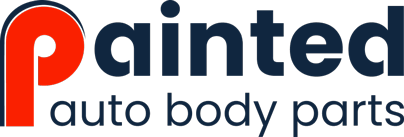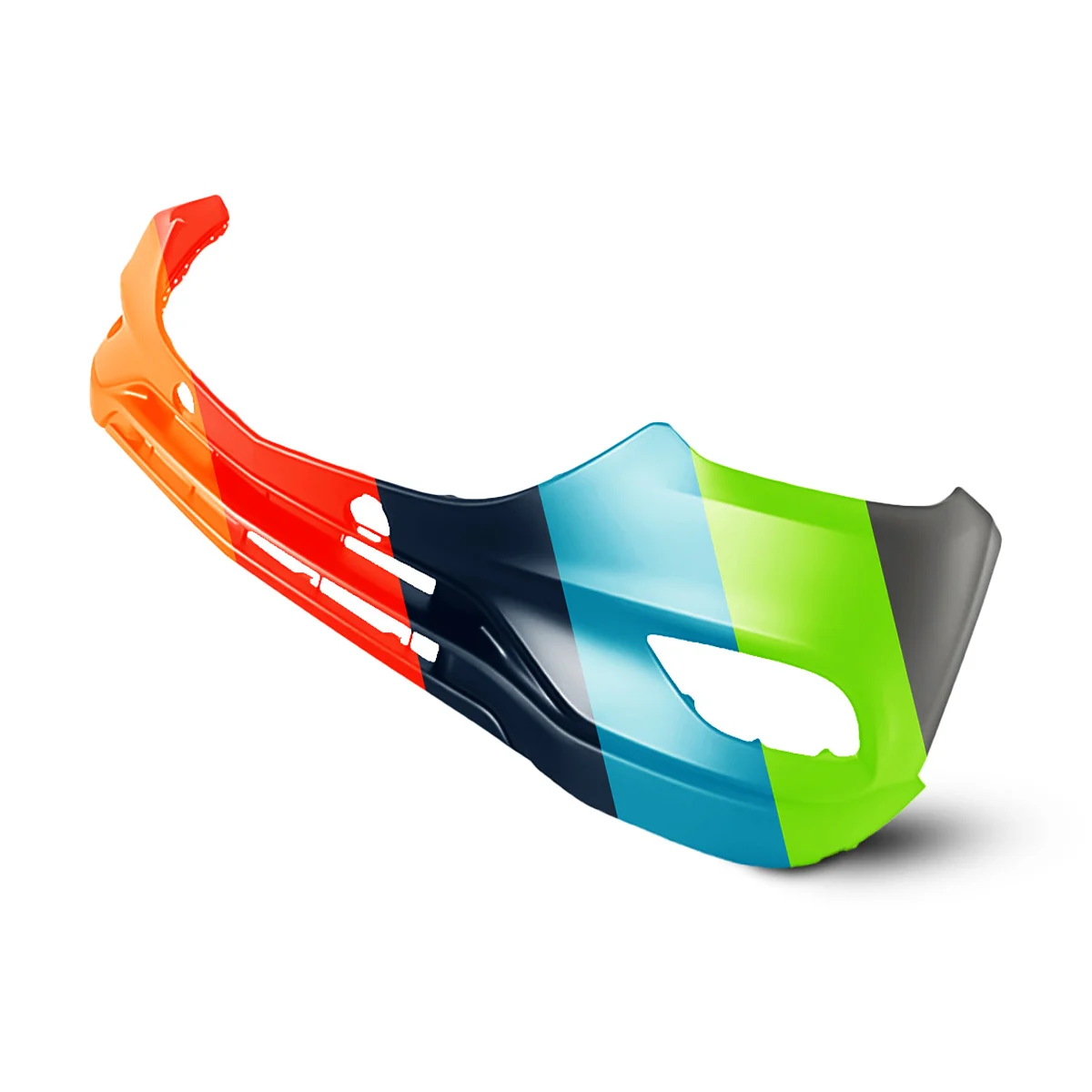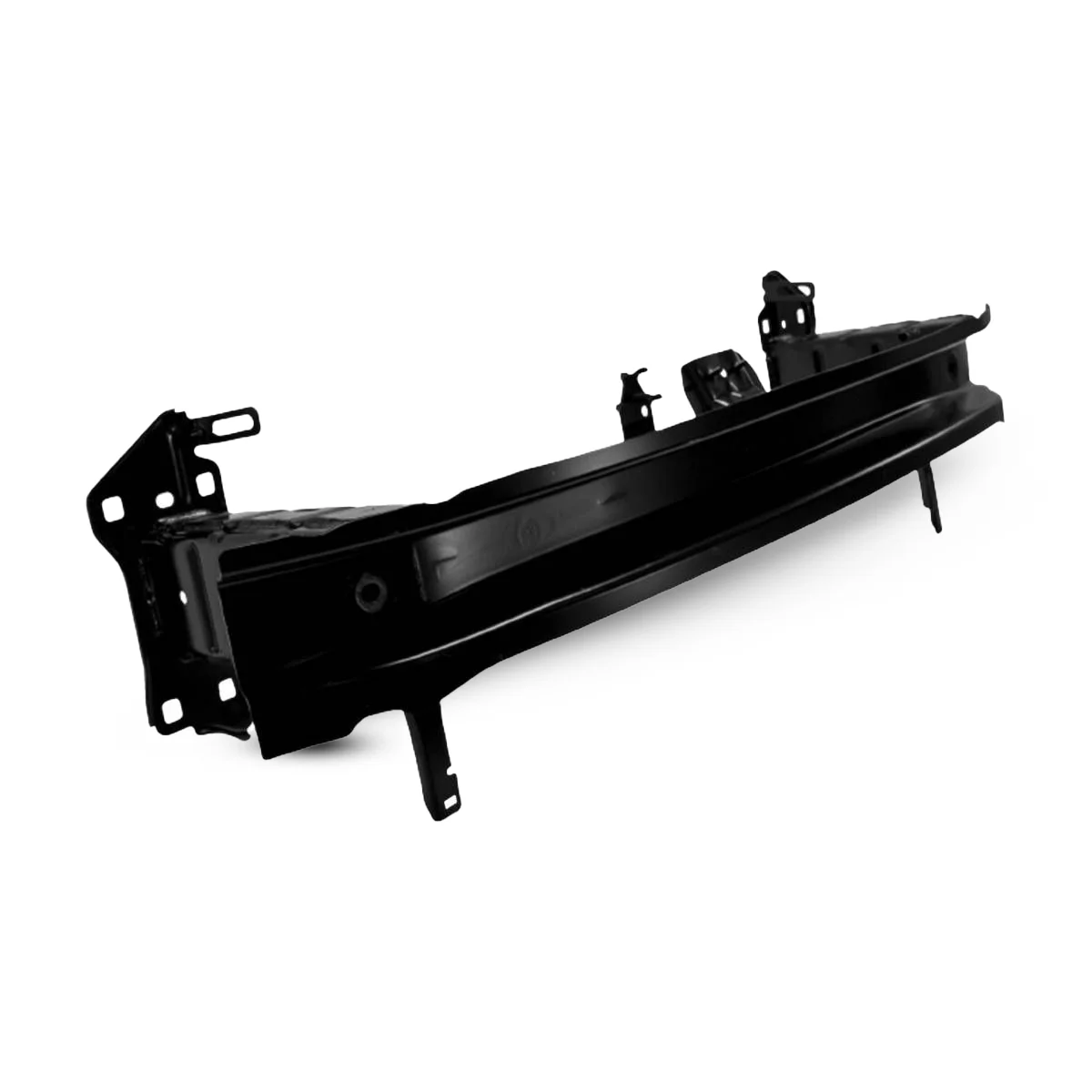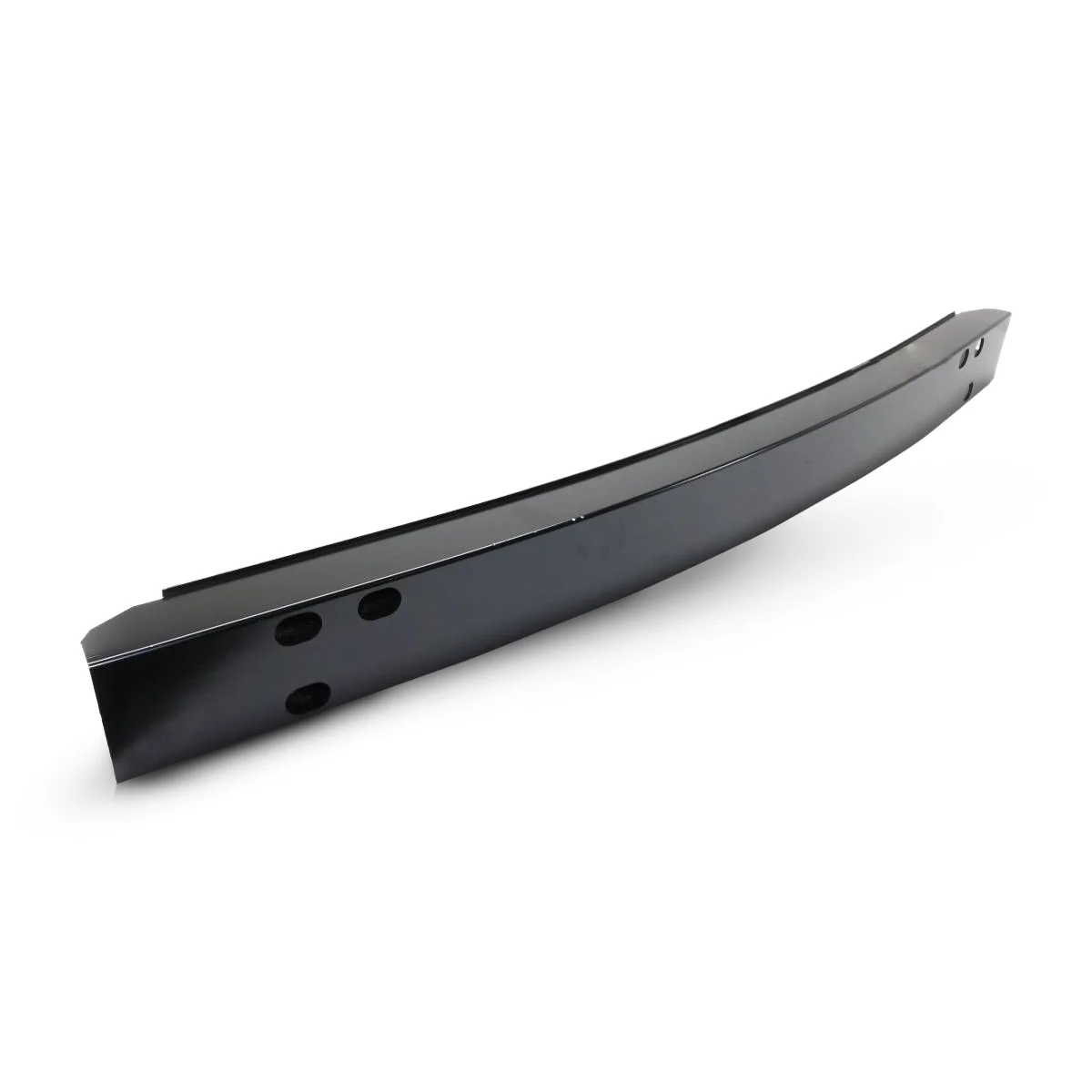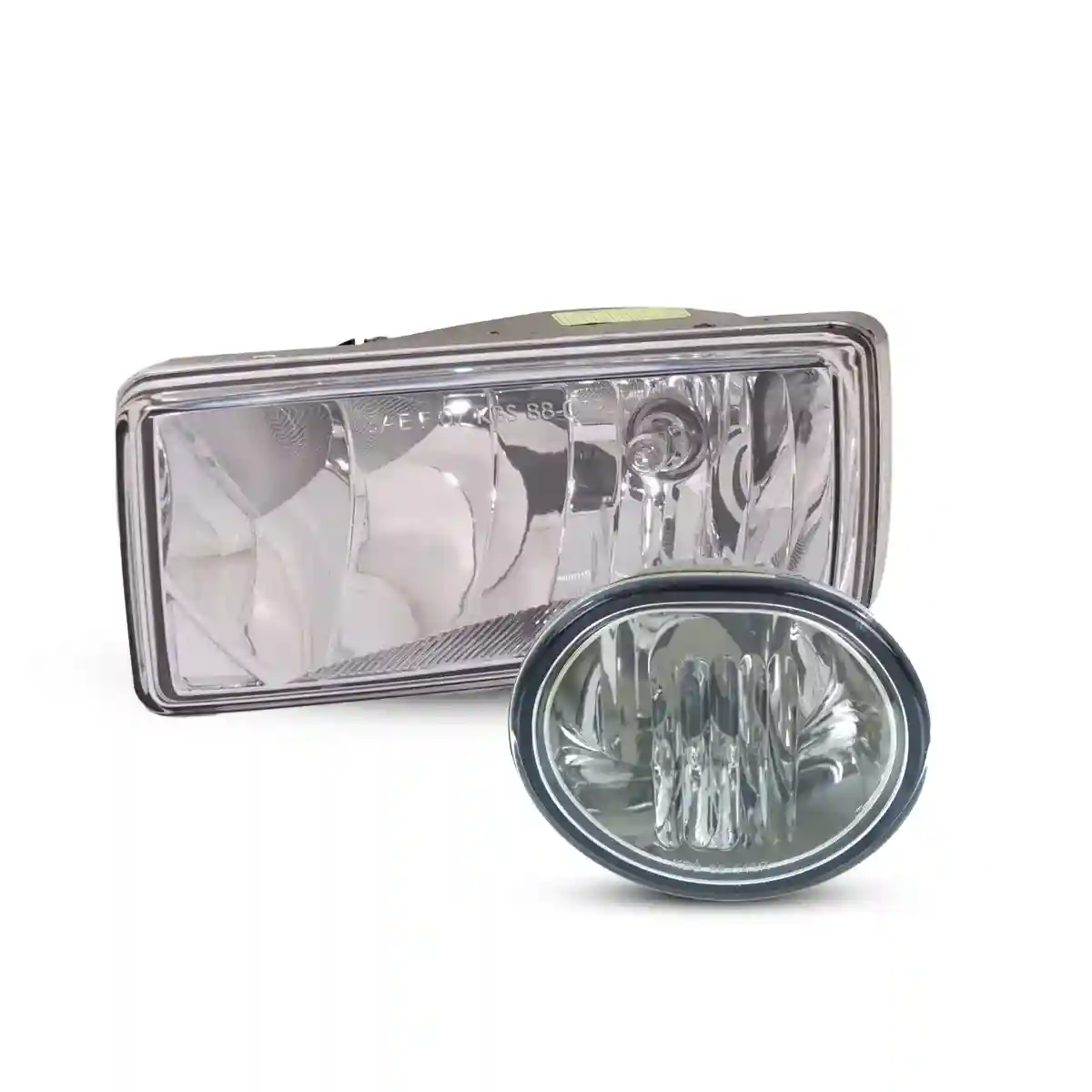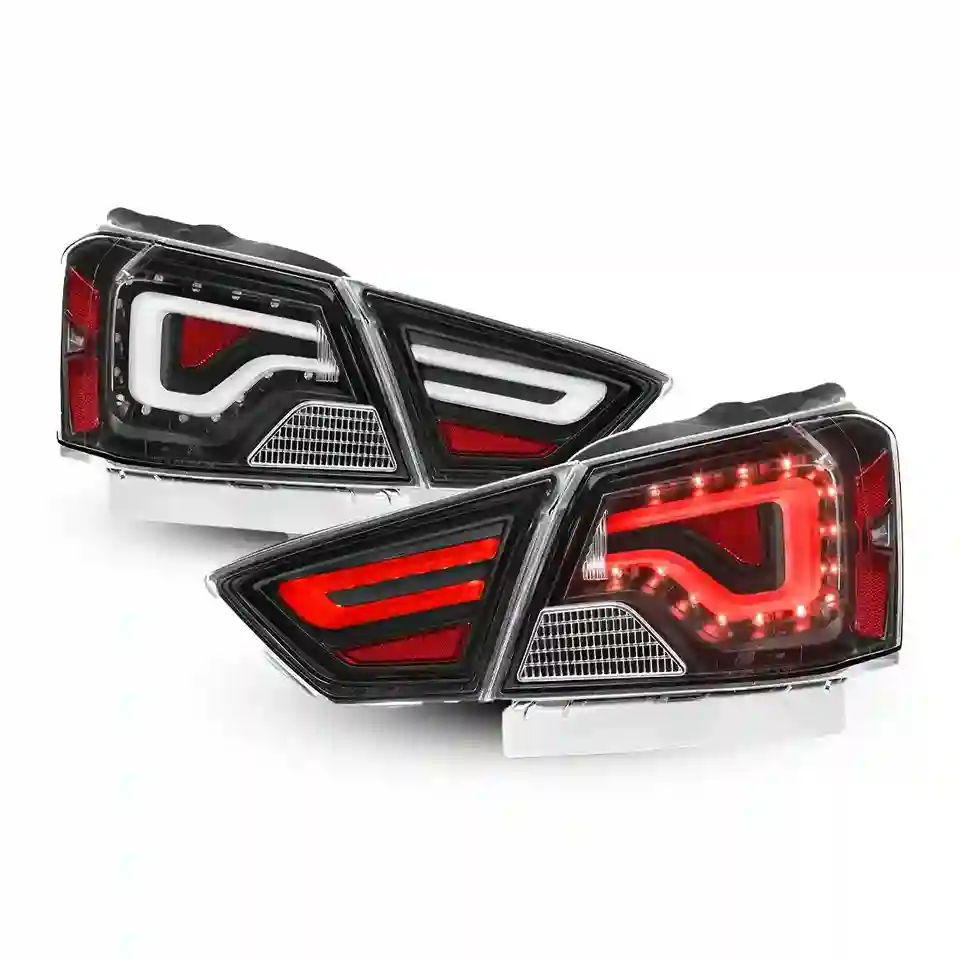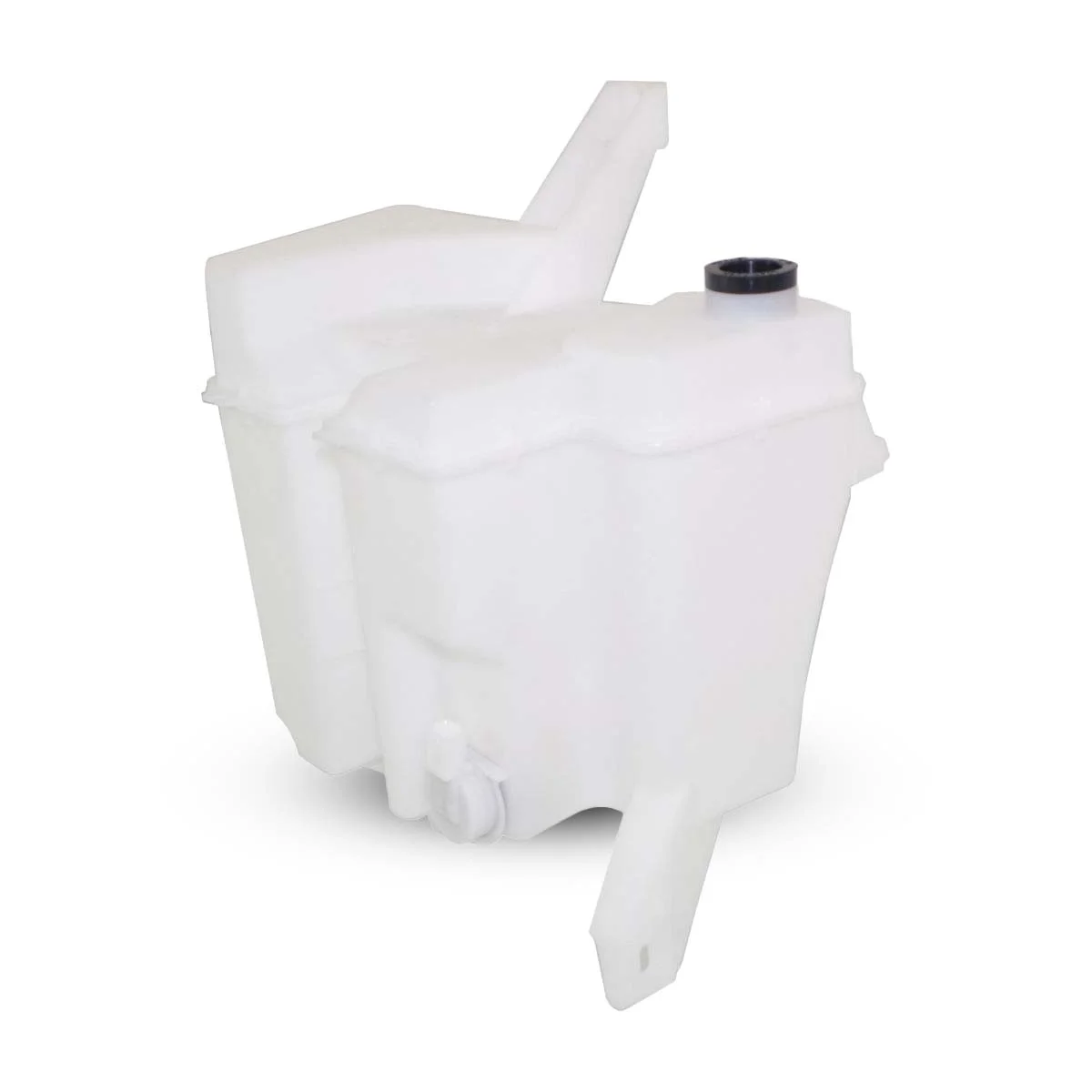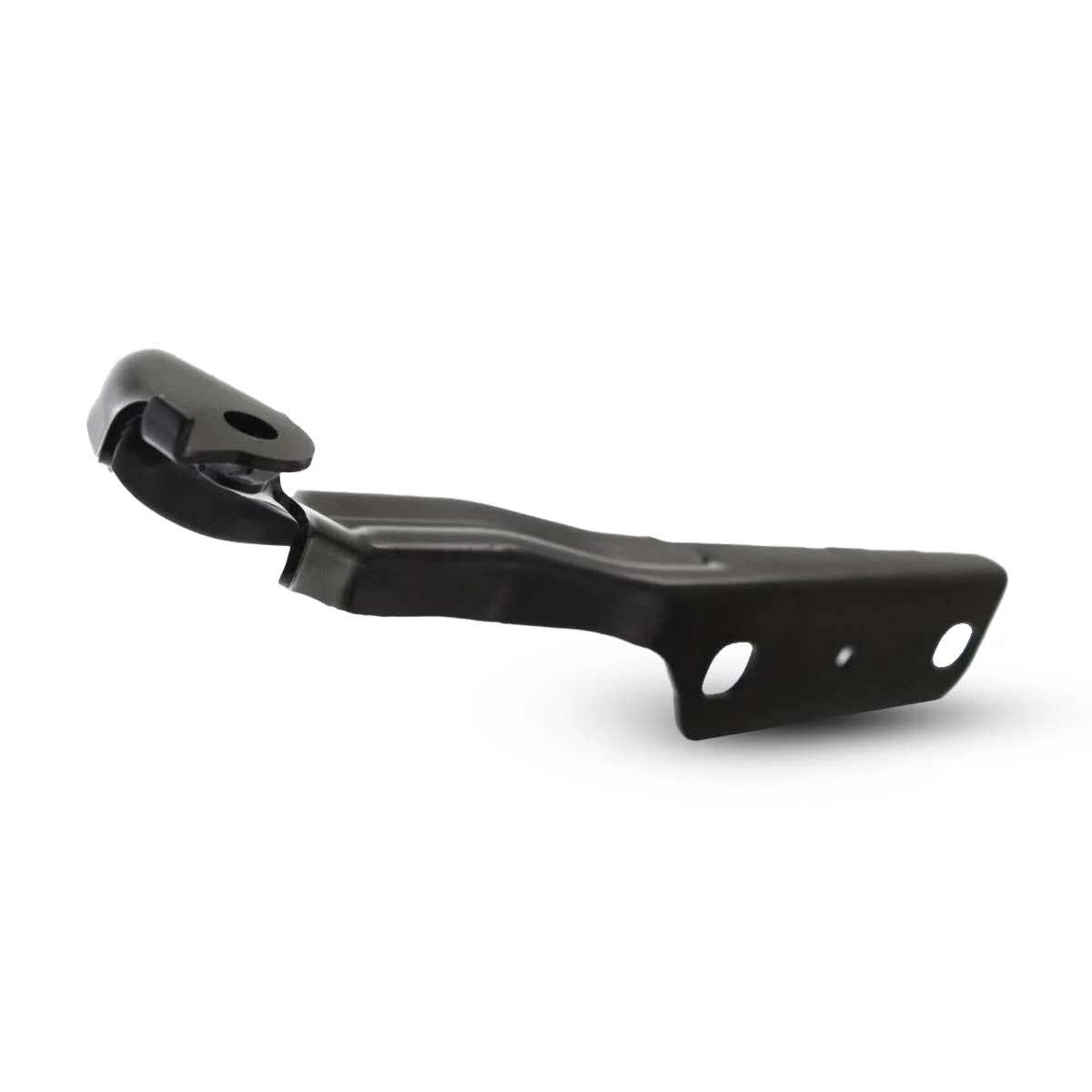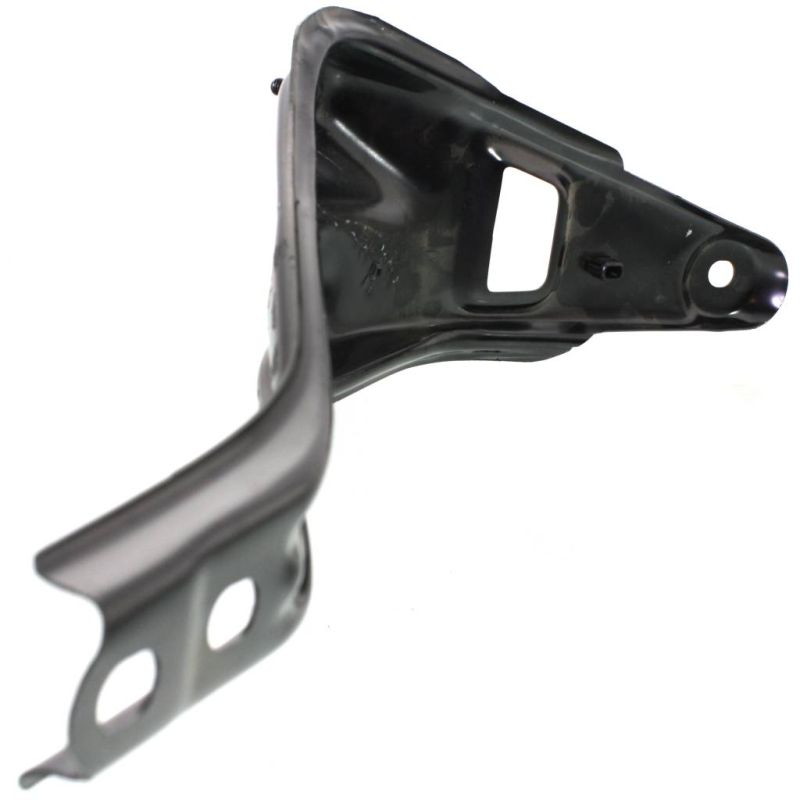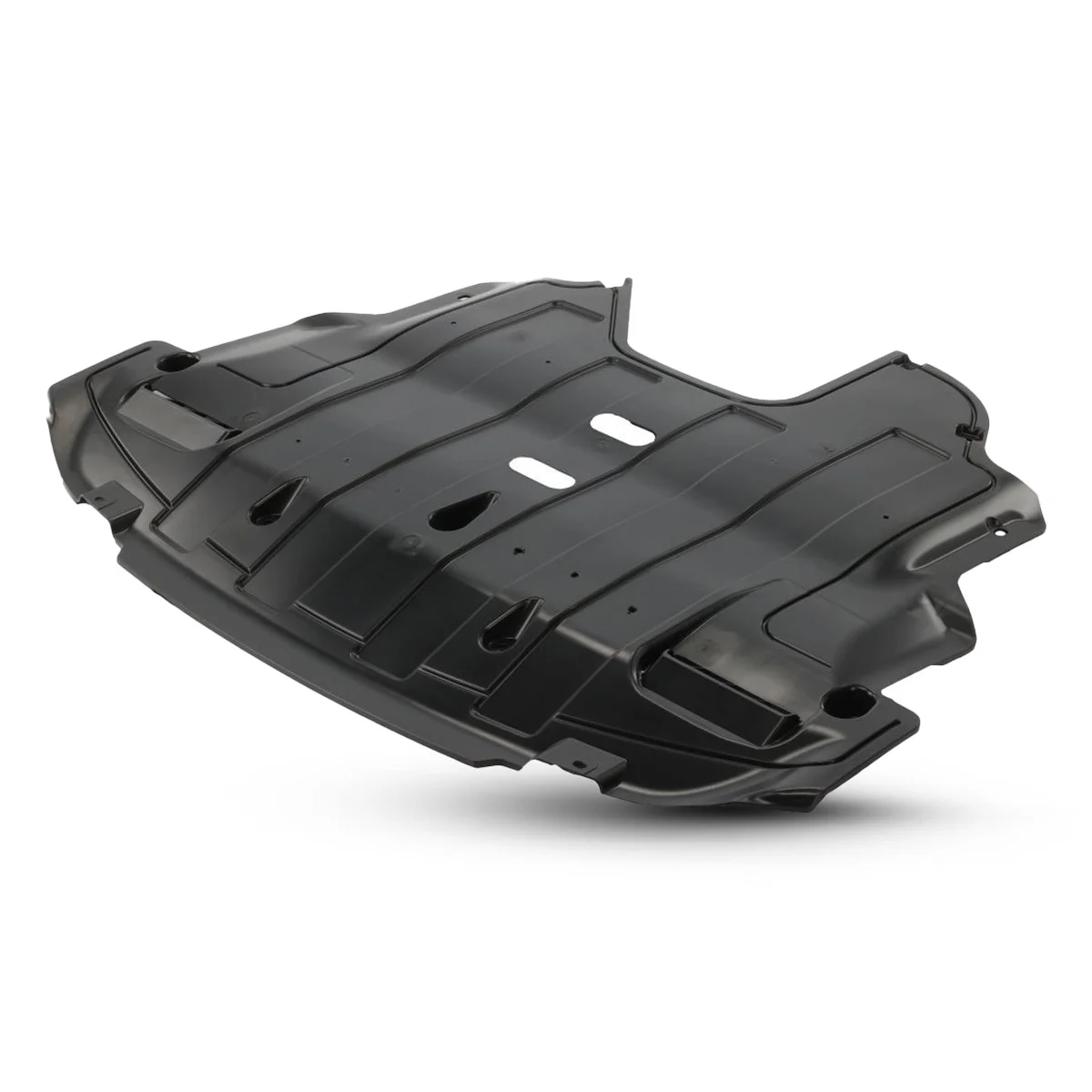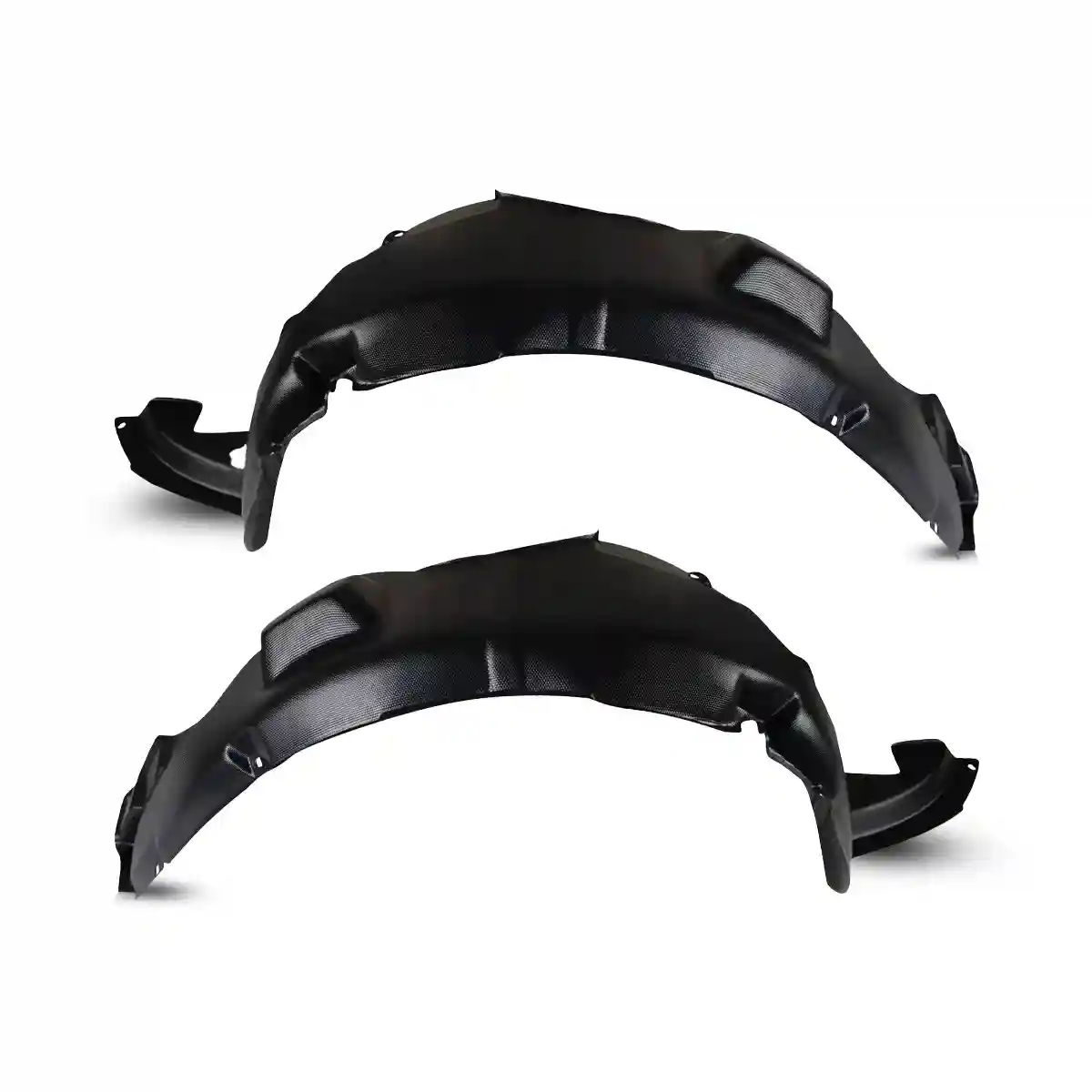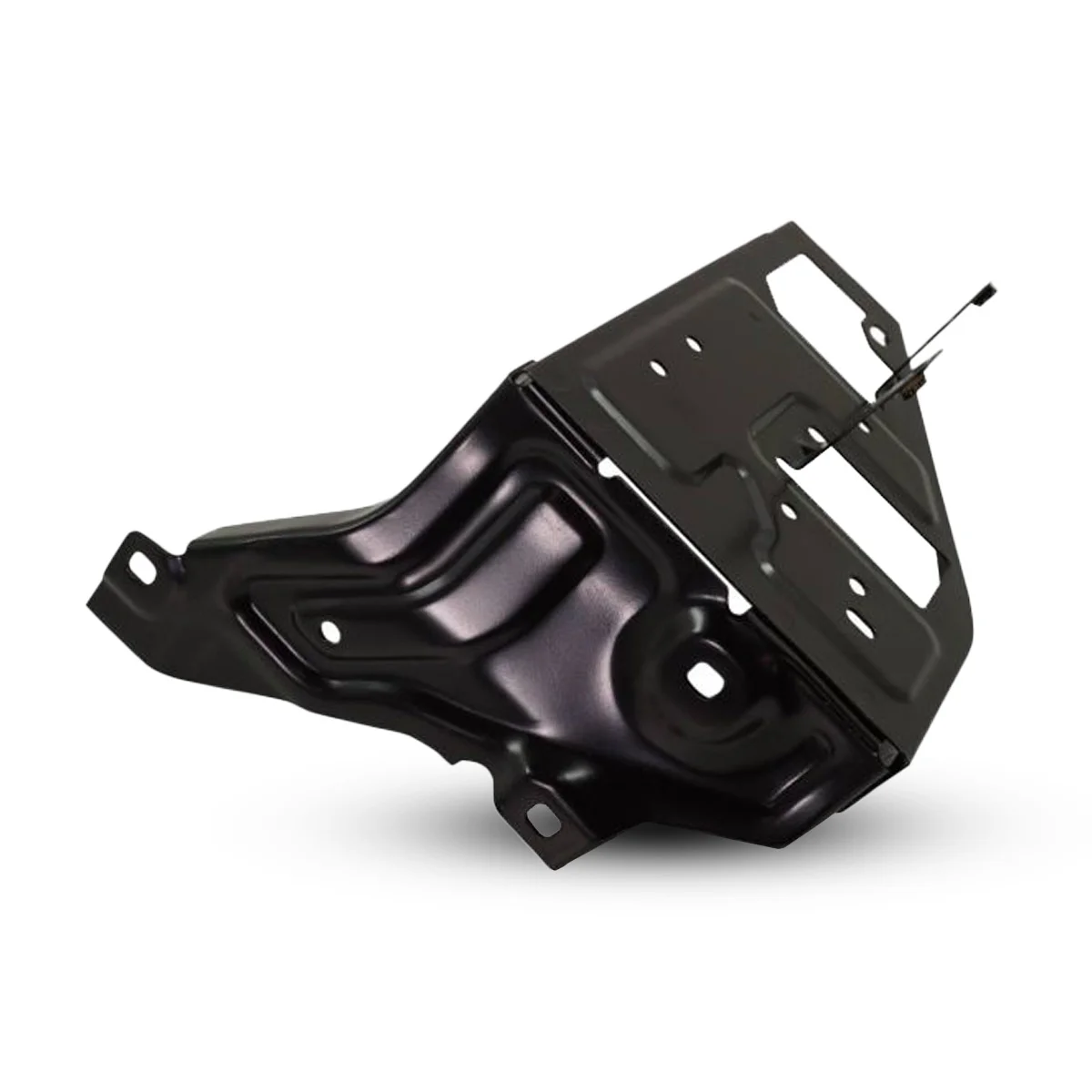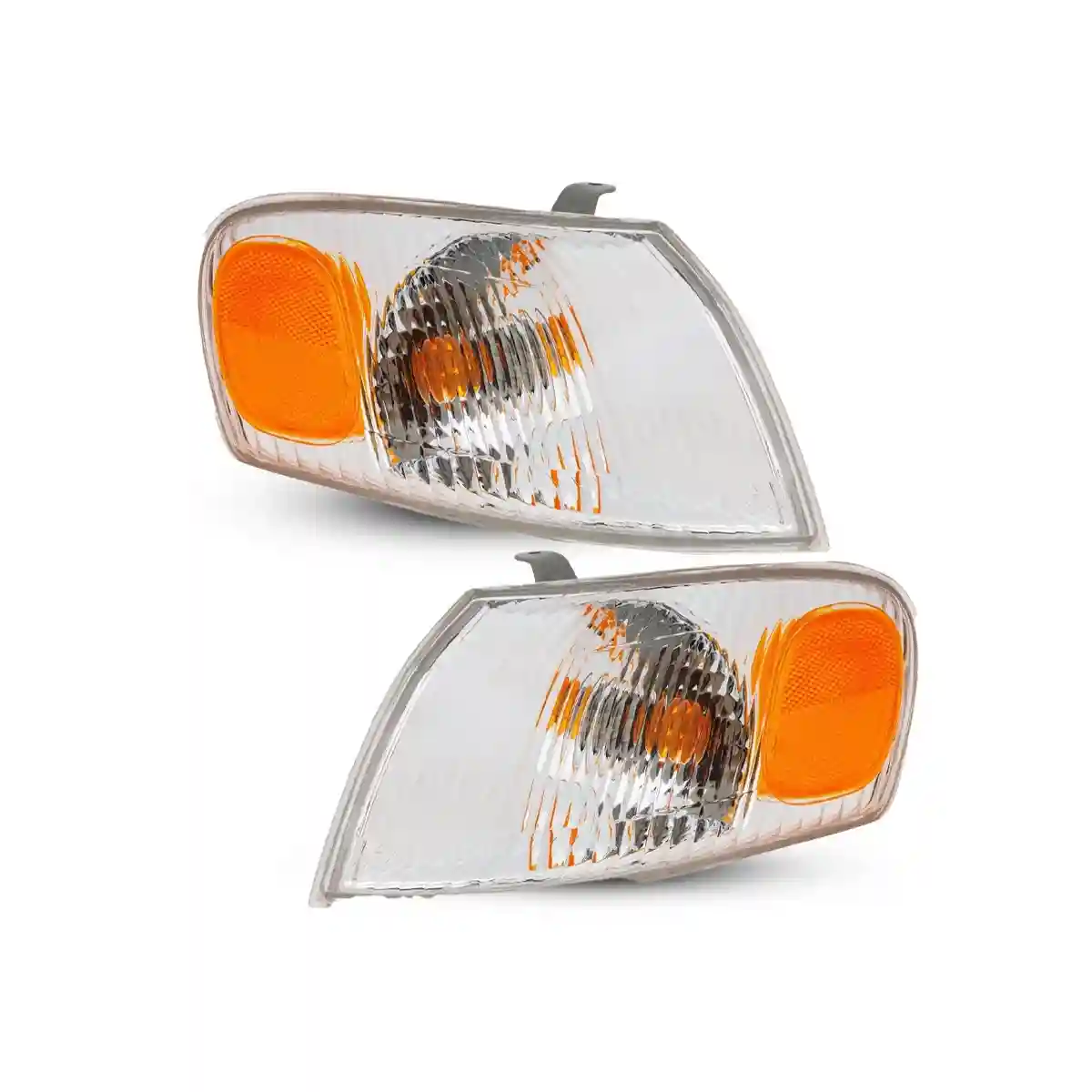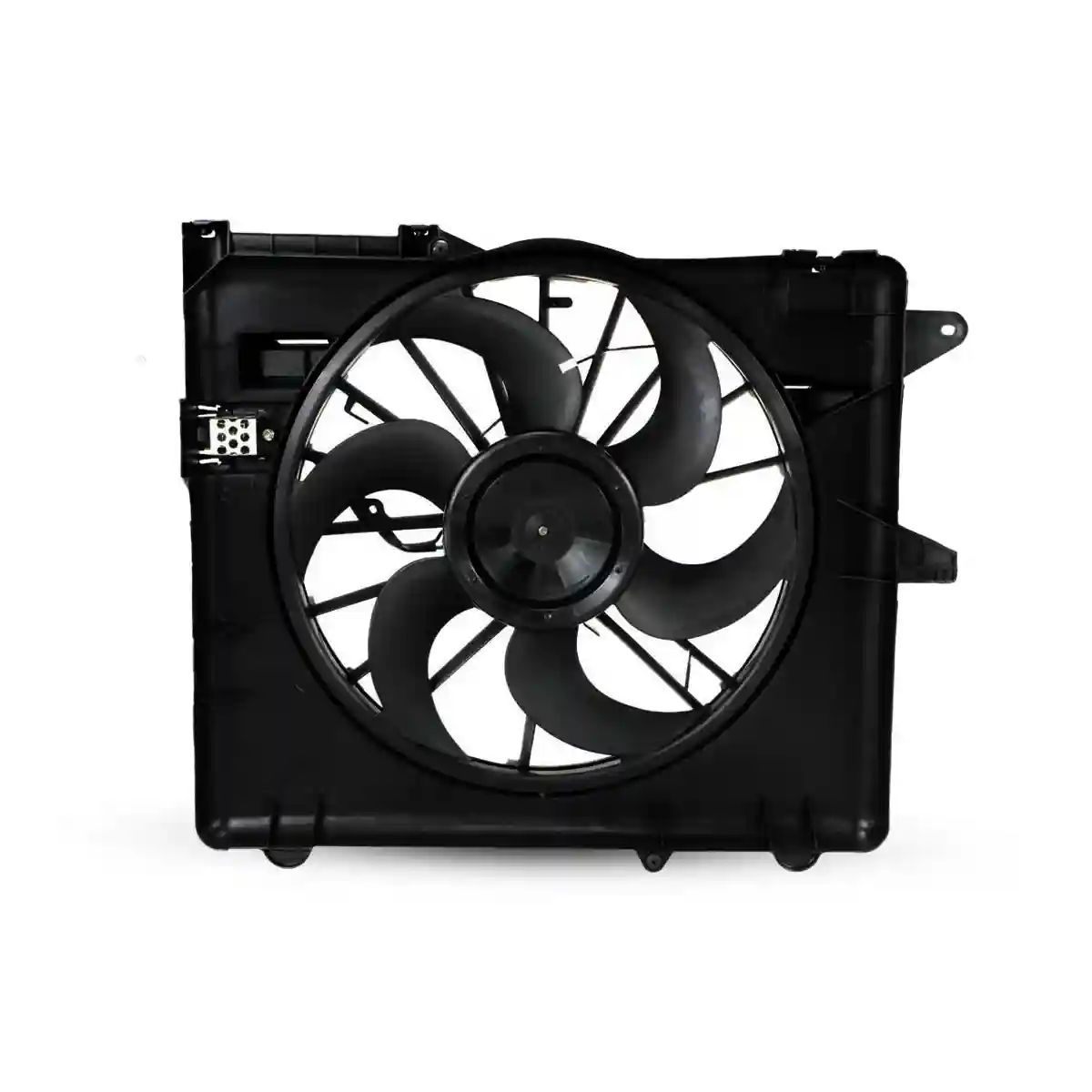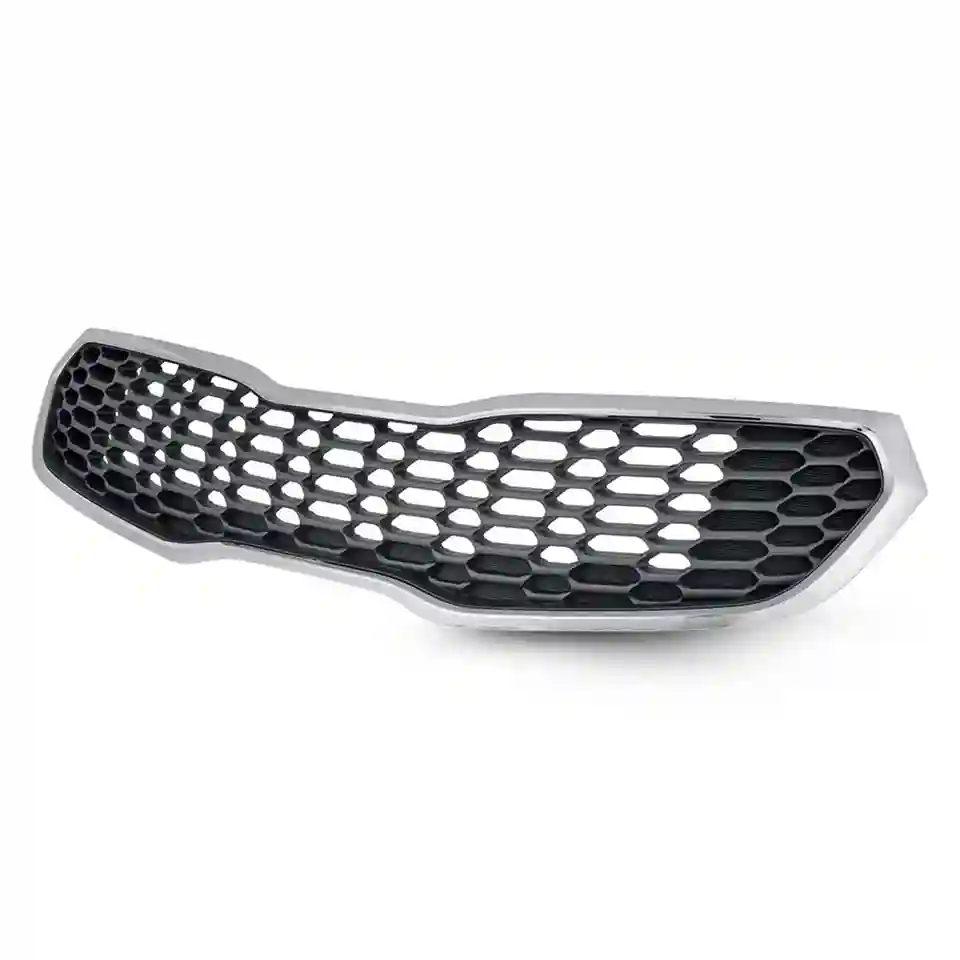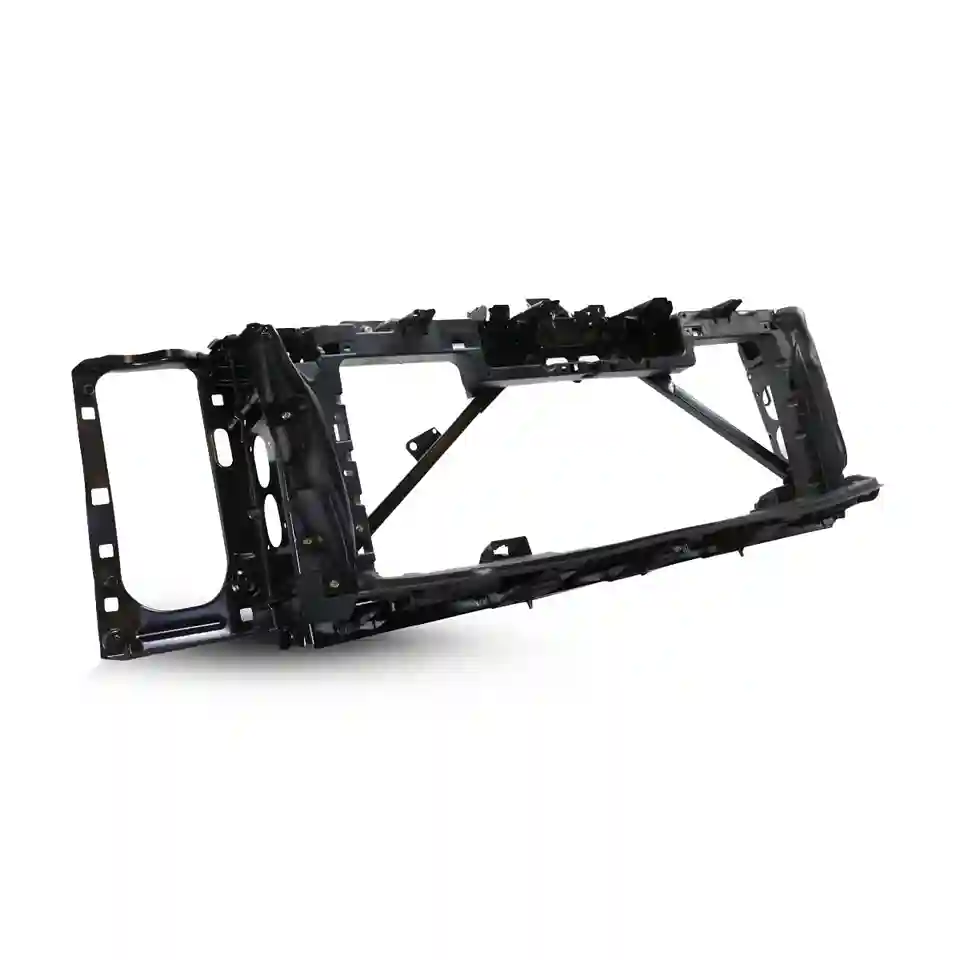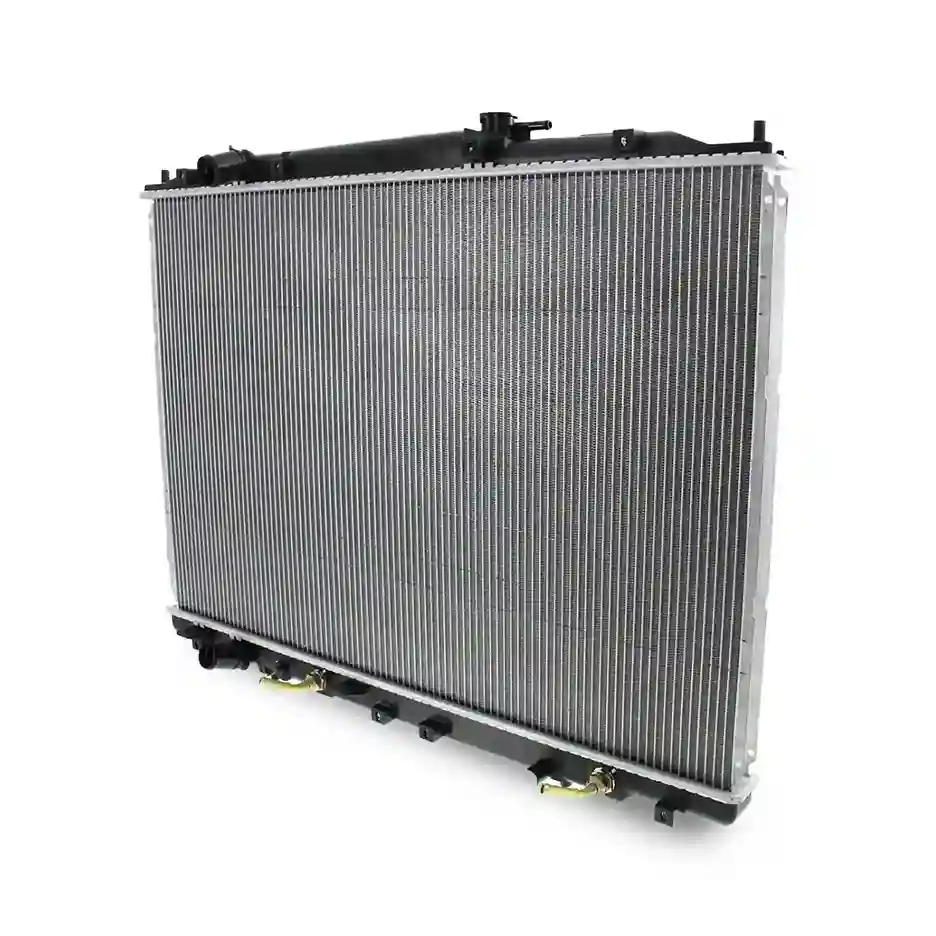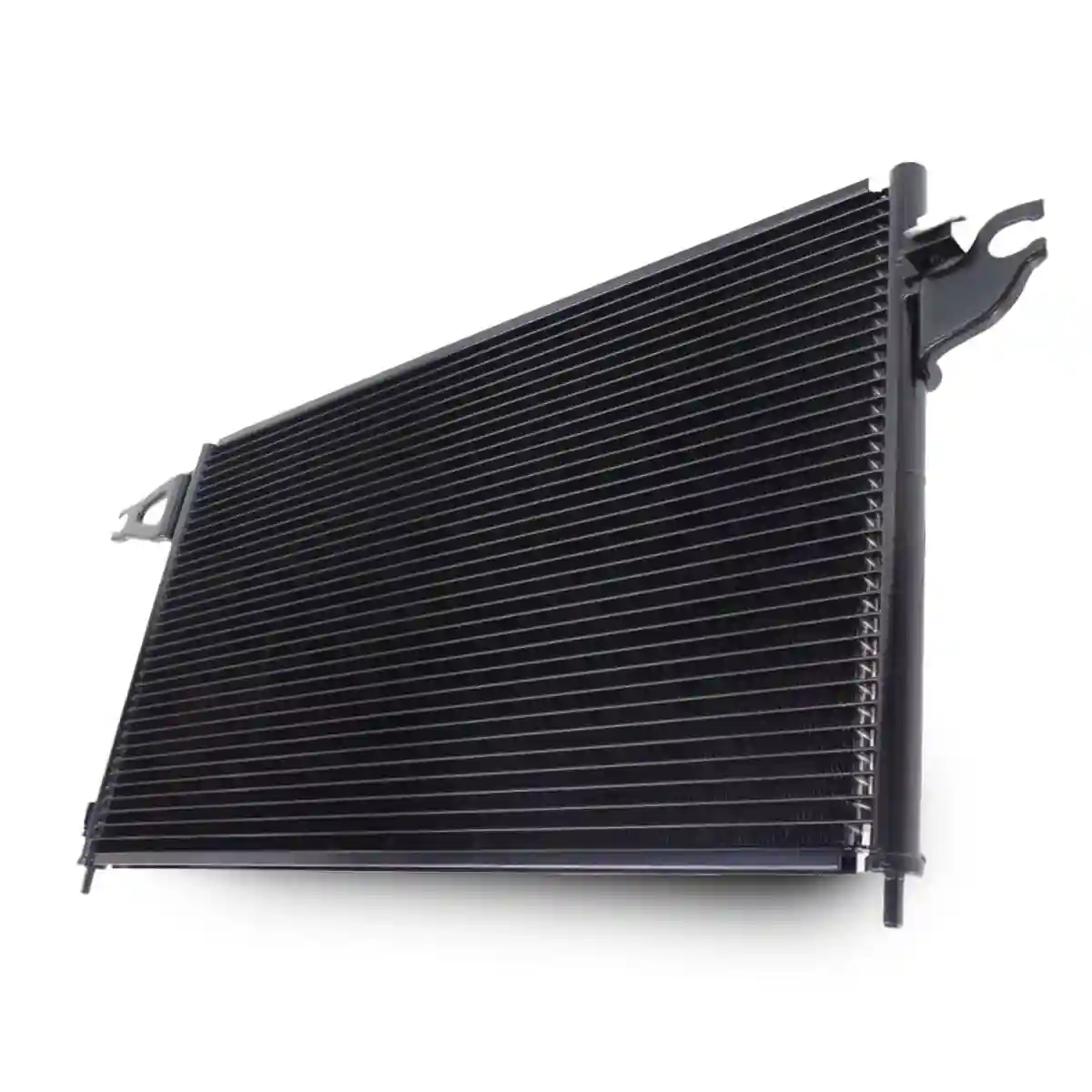Maintaining your car is not just a chore but a crucial investment in its long-term performance and durability. A well-executed car maintenance routine is the key to preserving its optimal condition while mitigating the chances of unpleasant surprises on the road. In the following article, we will delve into the art of crafting a personalized car maintenance schedule that caters to your specific requirements, accompanied by valuable insights on how to maintain unwavering commitment to its execution. Prepare to embark on a journey of automotive care and empowerment.
Understanding Car Maintenance Schedules
A car maintenance schedule is a comprehensive plan that outlines the recommended maintenance tasks for your vehicle at specific intervals. It serves as a roadmap for keeping your car in optimal condition throughout its lifespan. These schedules can be based on either mileage or time, depending on the manufacturer's guidelines. 
Components of a Car Maintenance Schedule
A typical car maintenance schedule includes various components that need regular attention. These components encompass both routine inspections and specific maintenance tasks. Here are some key elements commonly found in a maintenance schedule:
- Oil Changes: Regularly changing your car's oil is essential to maintain engine health and lubrication.
- Filter Replacements: Air filters, oil filters, and fuel filters should be replaced according to the manufacturer's recommendations.
- Fluid Checks and Changes: Fluids such as coolant, brake fluid, transmission fluid, and power steering fluid require periodic inspections and replacements.
- Tire Maintenance: Regularly checking tire pressure, rotating tires, and ensuring proper alignment and balance helps prolong tire life and ensures safe driving.
- Battery Inspections: Inspecting the battery for corrosion, cleaning terminals, and checking the charge levels are crucial for a reliable electrical system.
- Brake System Checks: Regular inspections of brake pads, rotors, and brake fluid levels are necessary for optimal braking performance.
- Belts and Hoses: Inspecting and replacing worn-out belts and hoses prevents unexpected failures that can lead to severe engine damage.
- Lights and Signals: Checking headlights, taillights, turn signals, and other exterior lights ensures visibility and compliance with traffic laws.
Components of a Car Maintenance Schedule include checking fluid levels, inspecting brakes, and replacing filters. Additionally, it is important to include a thorough examination of body parts that are susceptible to damage, such as the front bumper, rear bumper, and fenders. Regular inspections of these components ensure that any damage or wear is addressed promptly, helping to maintain the aesthetics and structural integrity of the vehicle.
Creating a Car Maintenance Schedule
Now let's dive into creating your personalized car maintenance schedule:
- Consult your vehicle's manual: Start by thoroughly reading your car manufacturer's manual. It provides valuable information regarding the recommended maintenance intervals and tasks specific to your car model. Pay attention to whether the schedule is based on mileage or time.
- Break down maintenance tasks: Create a list of all the maintenance tasks mentioned in the manual. Categorize them based on the recommended intervals, such as monthly, quarterly, biannually, or annually.
- Prioritize critical tasks: Identify tasks that are crucial for your car's safety and performance. These may include oil changes, filter replacements, and brake system checks. Ensure these tasks are scheduled more frequently.
- Consider your driving habits: Assess how you use your car. If you frequently drive in harsh conditions, such as extreme temperatures or dusty environments, you may need more frequent maintenance. Adjust your schedule accordingly.
- Set reminders and alarms: Use digital tools, such as calendar apps or maintenance reminder apps, to set reminders for each task. Choose a reminder frequency that aligns with the maintenance intervals.
- Create a physical schedule: Transcribe your maintenance schedule onto a physical calendar or planner. Hang it in a visible place, such as your garage or home office, to serve as a visual reminder.
Audi Care Scheduled Maintenance Plan
 If you own an Audi vehicle, you have access to the Audi Care Scheduled Maintenance Plan. This plan covers the manufacturer-recommended maintenance tasks and provides additional benefits. By enrolling in Audi Care, you can enjoy peace of mind knowing that your vehicle is receiving expert care and attention. Contact your local Audi dealership to learn more about this exclusive maintenance program.
If you own an Audi vehicle, you have access to the Audi Care Scheduled Maintenance Plan. This plan covers the manufacturer-recommended maintenance tasks and provides additional benefits. By enrolling in Audi Care, you can enjoy peace of mind knowing that your vehicle is receiving expert care and attention. Contact your local Audi dealership to learn more about this exclusive maintenance program.
Electric and Hybrid Car Maintenance Schedules
Electric and hybrid vehicles have unique maintenance requirements compared to traditional gasoline-powered cars. While specific maintenance tasks vary between manufacturers, some common considerations include:
- Battery Health: Electric and hybrid vehicles rely on high-voltage batteries. Regular monitoring of battery health and performance is crucial. Follow manufacturer guidelines for battery inspections and replacements.
- Regenerative Braking System: These vehicles utilize regenerative braking systems that capture energy during deceleration. The system may require periodic inspections and maintenance to ensure optimal efficiency.
- Electric Motor Maintenance: Electric motors in these vehicles generally require minimal maintenance. However, it's essential to follow the manufacturer's recommendations for inspections and lubrication, if necessary.
- Charging Infrastructure: Electric vehicle owners should ensure access to a reliable charging infrastructure. This includes regularly inspecting and maintaining the charging equipment at home and using reputable charging stations on the road.
Duration of Scheduled Car Maintenance
The duration of scheduled car maintenance tasks can vary depending on the complexity of the task and the expertise of the technician performing it. Here are some approximate timeframes for common maintenance tasks:
- Oil Change: Typically takes around 30 minutes to an hour, depending on the vehicle and service facility.
- Filter Replacements: Air filter and oil filter replacements usually take around 15 to 30 minutes. Fuel filter replacements may require more time.
- Fluid Checks and Changes: Fluid checks are relatively quick, while fluid changes can range from 30 minutes to an hour, depending on the specific fluid and vehicle.
- Tire Maintenance: Regular tire pressure checks and rotations can be done within 30 minutes. Alignment and balancing may take additional time.
- Battery Inspections: Battery inspections and maintenance tasks are usually quick and can be completed within 15 to 30 minutes.
- Brake System Checks: Inspecting brake pads and fluid levels can be done in approximately 30 minutes. Replacement of brake pads or other components may require additional time.
- Belts and Hoses: Replacing belts and hoses can range from 30 minutes to a few hours, depending on their location and accessibility.
Duration of Scheduled Car Maintenance tasks can vary, depending on the complexity and type of service required. For instance, routine tasks like oil changes and filter replacements typically take around 30 minutes to an hour. However, when it comes to replacing a damaged rear bumper, the duration may vary depending on factors such as the availability of the replacement part, the extent of the damage, and the specific make and model of the car. It is best to consult a professional automotive shop to get an accurate estimate of the time required for rear bumper replacement in your particular case.
Finding Your Car's Maintenance Schedule
To find your car's maintenance schedule, you have a few options:
- Manufacturer's Manual: As mentioned earlier, your vehicle's manufacturer's manual is the primary source for the maintenance schedule. It provides detailed information specific to your car model, including recommended maintenance tasks and intervals. Look for a section dedicated to maintenance or scheduled service.
- Online Resources: Many car manufacturers provide digital versions of their manuals on their official websites. Visit the manufacturer's website and search for your car model's manual. You can usually find a downloadable PDF version that you can save for easy reference.
- Mobile Apps: Some car manufacturers offer mobile apps that provide access to maintenance schedules and other useful information. Check if your car's manufacturer has an official app available for download. These apps often include features like personalized maintenance reminders and service history tracking.
- Authorized Dealerships: If you prefer a physical copy or need assistance understanding the maintenance schedule, visit an authorized dealership for your car brand. The service advisors can provide you with a printed version of the maintenance schedule and answer any questions you may have.
Remember to choose the maintenance schedule that corresponds to your car's make, model, and production year. This ensures that you follow the recommendations tailored specifically to your vehicle.
Sticking to Your Car Maintenance Schedule
Creating a car maintenance schedule is only the first step. The key to reaping the benefits of regular maintenance lies in sticking to the schedule consistently. Here are some tips to help you maintain discipline:
- Set Reminders and Alarms: Utilize digital tools like smartphone apps, calendar reminders, or maintenance tracking apps to set alerts for upcoming tasks. This ensures you won't overlook any maintenance items.
- Establish a Routine: Incorporate maintenance tasks into your regular schedule. For example, plan to check tire pressure and fluid levels on a specific day each month. Make it a habit to address maintenance tasks promptly.
- Plan Ahead: Anticipate upcoming maintenance tasks and make necessary arrangements in advance. Schedule service appointments with authorized service centers to ensure timely completion of tasks.
- Record Keeping: Maintain a record of completed maintenance tasks. Note down the dates, mileage, and details of each service performed. This not only helps you stay organized but also provides valuable documentation for potential future buyers.
Importance of Regular Maintenance
Regular car maintenance is essential for several reasons:
- Safety: Routine inspections and maintenance tasks identify potential safety issues before they become hazards. Brake checks, tire rotations, and suspension inspections ensure your car operates safely on the road.
- Longevity: Consistent maintenance helps extend the lifespan of your vehicle. It prevents premature wear and tear, reduces the risk of major breakdowns, and preserves the value of your investment.
- Performance: Well-maintained cars deliver better performance and fuel efficiency. Regular oil changes, clean filters, and proper tire maintenance optimize engine performance and maximize fuel economy.
- Warranty Compliance: Following the recommended maintenance schedule is often a requirement to keep your vehicle's warranty valid. Neglecting maintenance may void warranty coverage.
Regular maintenance is crucial not only for the performance and reliability of your vehicle but also for preserving its overall appearance. With consistent upkeep, including proper cleaning, waxing, and addressing any issues promptly, you can ensure that the body parts, including the fender, maintain their pristine condition and contribute to the overall aesthetic appeal of your car.
Setting Reminders and Alarms
To stay on top of your car maintenance schedule, leverage reminders and alarms:
- Calendar Reminders: Use your preferred digital calendar app to set recurring reminders for specific maintenance tasks. Choose intervals that align with the recommended schedule.
- Mobile Apps: Many car manufacturers and third-party service providers offer mobile apps that include maintenance reminder features. These apps often sync with your vehicle's information and provide personalized reminders based on your car's specific needs.
- Maintenance Tracking Apps: Install dedicated maintenance tracking apps on your smartphone. These apps provide customizable reminders, service history tracking, and maintenance logs.
- Service Center Notifications: Some authorized service centers have their own notification systems. They can send you reminders via email, text message, or phone call when it's time for scheduled maintenance based on their records.
By utilizing reminders and alarms, you can ensure that you never miss an important maintenance task and keep your car in optimal condition.
Prioritizing Safety and Performance
Regular maintenance plays a crucial role in maintaining both the safety and performance of your vehicle. Here's why:
- Preserve Resale Value: A well-maintained car holds its value better when it's time to sell or trade it in. Potential buyers are more likely to pay a premium for a vehicle with a documented history of regular maintenance, as it indicates that the car has been cared for and is less likely to have hidden issues.
- Safety: By adhering to your car maintenance schedule, you can identify and address potential safety issues promptly. Regular inspections of brakes, tires, lights, and other critical components minimize the risk of accidents caused by faulty or worn-out parts.
- Performance: Proper maintenance keeps your car performing at its best. Regular oil changes, filter replacements, and tune-ups help maintain engine efficiency, which improves acceleration, fuel economy, and overall driving experience.
- Avoid Costly Repairs: Neglecting maintenance can lead to major mechanical failures that require expensive repairs. By investing in routine maintenance, you can detect and resolve minor issues early on, preventing them from escalating into more significant and costly problems.
Remember, prioritizing safety and performance through regular maintenance not only protects you and your passengers but also ensures a smoother and more enjoyable driving experience.
Conclusion
Taking proactive steps to create and adhere to a well-planned car maintenance schedule is an integral aspect of being a responsible vehicle owner. By diligently following the manufacturer's guidelines, putting safety and performance at the forefront, you can relish the experience of driving a dependable and efficient car for many years. Don't forget to utilize reminders, maintain a comprehensive record of completed tasks, and seek expert help when necessary. Embracing the habit of regular maintenance instills a sense of confidence as you hit the road, knowing that you've gone above and beyond to ensure the optimal care and longevity of your cherished vehicle.
FAQs
Q: Can I perform car maintenance tasks myself, or should I always visit a service center?
A: While some basic maintenance tasks can be done at home, such as checking fluid levels or replacing wiper blades, it's advisable to consult a professional service center for complex tasks or when in doubt.
Q: How often should I check my car's tire pressure?
A: It is recommended to check your car's tire pressure at least once a month or before long trips. Maintaining proper tire pressure improves fuel efficiency and ensures optimal tire performance.
Q: Is it necessary to strictly follow the manufacturer's maintenance schedule even after the warranty expires?
A: While the manufacturer's maintenance schedule is designed to optimize the performance and longevity of your vehicle, it's not mandatory once the warranty expires. However, regular maintenance remains crucial for the overall health of your car.
Q: Can I use aftermarket parts for maintenance tasks, or should I stick to original equipment manufacturer (OEM) parts?
A: OEM parts are specifically designed for your vehicle and offer the highest compatibility and quality. While aftermarket parts can be suitable alternatives, it's recommended to use OEM parts for critical components
